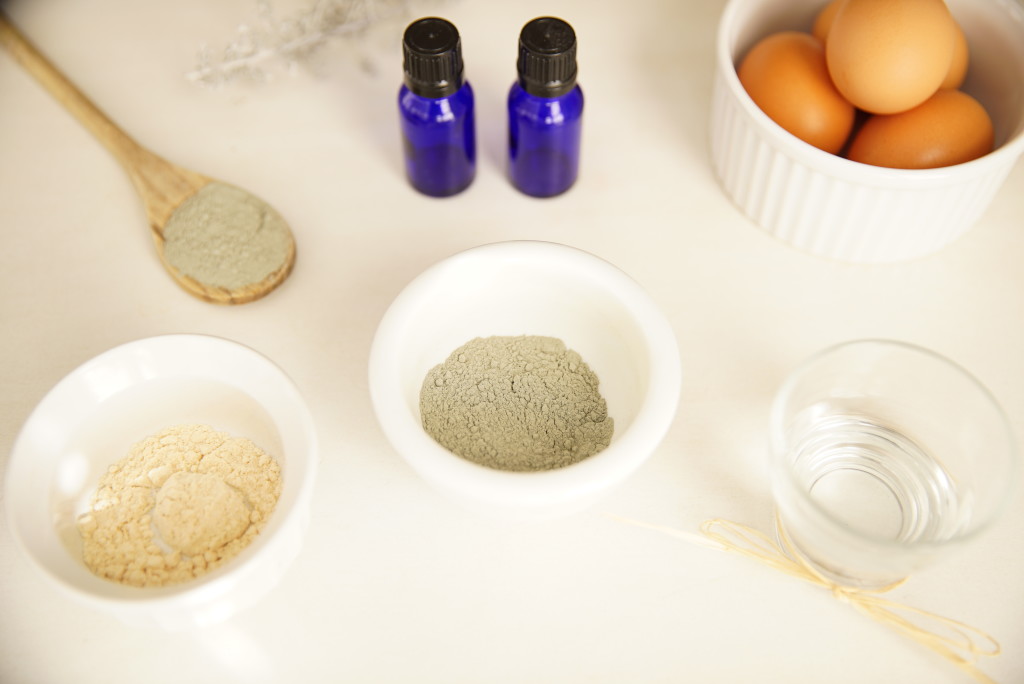Please Note: this article first appeared on ProHealth on March 22, 2016
It’s no secret to those who know me that I love Pilates. In fact, I’ve written about it a few times in the past (and probably will again) Pilates is a unique system of exercises, created by Joseph Pilates, designed to enhance strength, flexibility, posture, balance and to foster a connection between the mind and the body.
In this article, I share with you some of my journey toward wellness, and ways in which Pilates is a useful, therapeutic tool to help you on your road to recovery.
The word “challenging” does not even begin to describe the starting point of my health struggles. For years, I battled an ever-growing list of strange symptoms until a doctor diagnosed me with Chronic Fatigue Syndrome in 2010. Despite doing everything right; all that my doctor told me to do, I became more frail by the day, as weight inexplicably dropped from my 5-foot 6-inch frame.
Soon after my diagnosis, a series of soul-crushing events occurred; I lost my job, my car, most of my friends, my ability to sleep, financial stability, and my physical strength. During the next three years, I spent 18 months bedridden, only able to get up for a few minutes each day.
Sadly, I began to believe that my chances for a better quality of life were quickly slipping away. In a last ditch effort to find some help, I saw yet another doctor. He carefully combed through my medical history as my spent form draped over the chair across from him. When he lifted his head from his desk, he calmly said, “I think you have Lyme disease.”
Though armed with a new diagnosis and a heap of information, an entire year passed before my weak body was able to tolerate any treatment. In October 2013, a nurse practitioner created a gentle protocol for me that paved the way for healing to finally begin. I had an enormous uphill battle in front of me, but I was ultimately glad to be moving forward.
Along with my medical treatment, I promised myself that I would faithfully integrate Pilates into my protocol. Initially, it was a monumental task due to the level of physical decline I experienced from years of being homebound and incapacitated. However, I persevered, and stuck to my decision to make movement-based, exercise therapy a priority. Pilates has been a crucial part of my rehabilitation as it has safely allowed me to explore my current relationship with my body, my strength, and limitations, as I progress toward restoring my health.
I believe that nearly everyone–yes, both males and females–battling Lyme disease can benefit from incorporating the Pilates method into their treatment regime. Here are five ways Pilates can help you heal from Lyme disease.
1. Pilates reconnects your mind and your body.
Chronic Lyme disease can make you feel as though your body has betrayed you, and that you have no control over what’s happening to you. In contrast, a consistent Pilates practice reinforces the connection between the mind and the body and allows you to see that although many things may not be in your control, you still have the power to make specific changes to movements in a manner that feels best to you. When you focus your attention on the muscle groups working order soma overnight delivery during an exercise, you become acutely aware of the slight adjustments each muscle is making to rebuild your body.
Understanding that your mind and body work together to develop a stronger you is a very encouraging thought.
2. Pilates balances your body.
If you’ve experienced prolonged periods of inactivity or bed rest, you’ve probably noticed an increase in muscle weakness, tightness, and perhaps, even an increase in pain. These are the results of a body that has become imbalanced and deconditioned. With an emphasis on strength, flexibility, stability and mobility, Pilates provides a balanced workout for you. With each session, you will slowly notice an increase in muscle tone and joint range of motion.
3. Pilates reduces restrictions and poor movement patterns.
As I mentioned earlier, stress, pain and lack of movement take their toll on you. Your body adapts in the best way it knows how—by overcompensating in some areas and under compensating in others. These types of maladaptive patterns lead to muscle misalignment. Fortunately, Pilates allows you a chance to release restrictions throughout your tissues, adjust poor movement patterns, and improve your postural alignment. As renowned Pilates instructor Alycea Ungaro explains:
“As you exercise, you must always be aware of your alignment. Your workout is an opportunity to self-correct your misalignments. By learning to strengthen your weaknesses and correct your poor habits, you can restore optimal alignment to your body.”
As you engage the right muscles needed for each exercise, you will discover you can let go of excess tension and effort. Soon, you will see the advantages of new, more efficient movement in your body.
4. Pilates develops a strong core.
The core (AKA the “powerhouse”) is made up of the muscles in your abdomen, low back, hips, and gluteal area. Your core is always on duty; in fact, it’s constantly working to provide support and stability to your spine. When you’re sedentary for an extended length of time, your core begins to weaken, which decreases your ability to move efficiently.
The source of energy and the starting point for all exercises in the Pilates repertoire is your core group of muscles. As you strengthen this area, your balance will improve, and your movements will require less energy. You will sit and stand with better posture and more comfort.
5. Pilates adapts to your current level of fitness.
When traditional exercise programs often deplete you of energy, Pilates can be customized to suit your current fitness level. In my early days of recovery, I dealt with severe orthostatic intolerance problems and relentless fatigue that only allowed me to practice Pilates in a supine position. Thankfully, there are hundreds of exercises and variations that can be done lying down, so I never lacked options.
Similarly, you too may deal with severe fatigue, pain, or other concerns making most forms of exercise impossible to do. In such circumstances, Pilates can be used as a restorative tool to gently rejuvenate your mind, body, and spirit.
If you are considering incorporating Pilates into your pursuit of wellness, I suggest that you invest in at least a few sessions to learn the foundational principles of the method before undertaking a personal practice. With a solid list of benefits, Pilates truly is a fitness solution for those of us with chronic Lyme disease.
References:
Ungaro, A. (2011). Pilates Practical Companion. New York, NY: DK Publishing.





